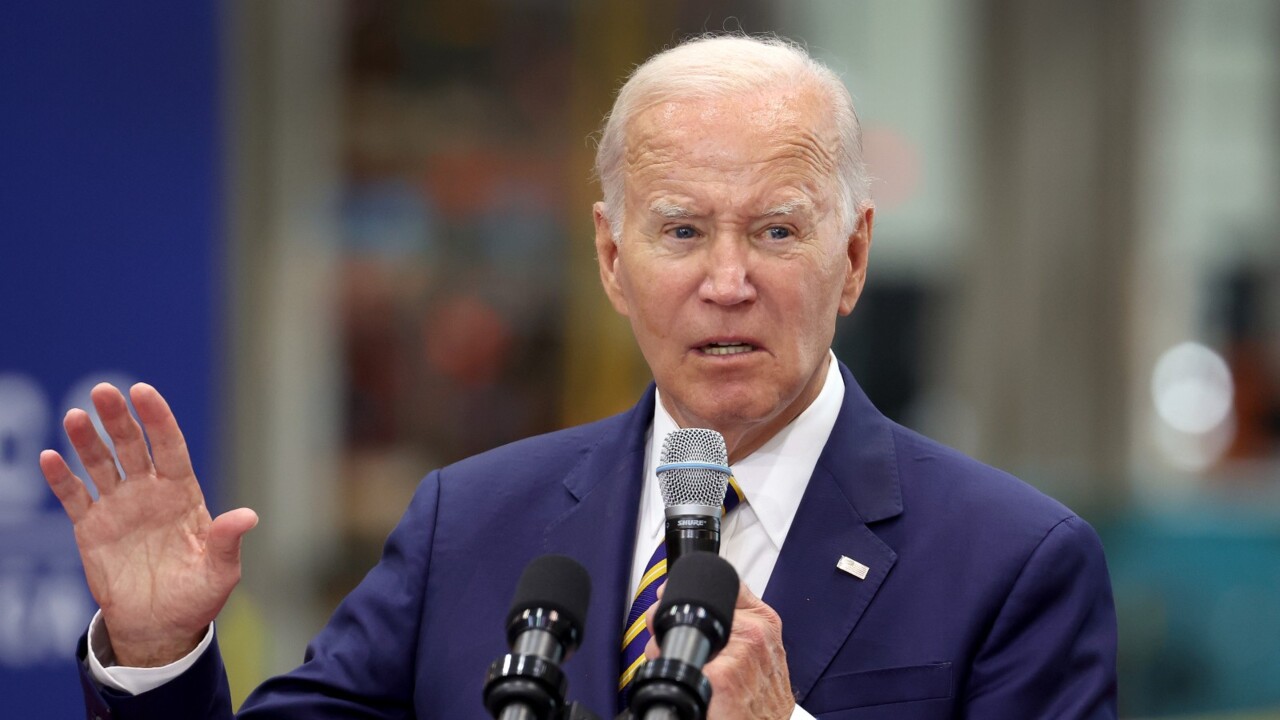Syndicates leave low-level crims to dish out lethal opioid in Australia
Criminals exploiting Australia’s booming demand for illicit drugs are leaving the supply of one opioid to their street level counterparts. Here’s why.

A drug fifty times stronger than heroin is so lethal that bikie gangs and drug syndicates are keeping it out of their criminal operations in Australia, insiders say.
One source with close knowledge of border patrols and drug detections told the Herald Sun that organised crime groups tended not to run large-scale imports of fentanyl or cut it other “popular” substances.
It is understood this is because the synthetic opioid, which is commonly issued as a prescription painkiller, could taint the market’s strong, existing demand for drugs such as meth or cocaine, with its potential to spark overdoses among users of those drugs because it can be so potent in small amounts.
“OMCGs (outlaw motorcycle gangs) go to extreme lengths to make sure other drugs aren’t cut with fentanyl because of the risks associated with getting it wrong and tainting the market,” they said.
“It is a difficult drug to manage. It’s a real threat.”

Australia’s opioid market operates on a smaller scale compared to meth and cocaine, with supply dominated by other opioid users or lower-level criminals who often siphon or misuse legitimate supplies of fentanyl, or purchase it online.
Compared to meth or cocaine, which are often discovered by authorities in large volumes of dozens or hundreds of kilograms, the biggest ever fentanyl bust in Australia was just 11kg.
But if it had made it onto the streets, that amount could have created 5.5 million doses.
Authorities have seized about 630g of fentanyl since 2022.
While it is currently less common to see fentanyl flowing through the borders compared to other illicit substances, small-time suppliers in Australia mix it with heroin or MDMA in clandestine laboratories.
Meanwhile, its potency means officers tasked with handling it directly aim to avoid accidentally inhaling or ingesting it during processing.
The Herald Sun has been told that border officers and police suit up in full personal protective equipment when the “highly toxic” drug is detected in air or cargo shipments.

Victorian Alcohol and Drug Association chief executive Chris Christoforou said drug traffickers were motivated by profit and not human welfare.
“Whether it is 650g or 11kg of fentanyl that is seized, the fact is that should any substantial quantity pervade the local drug market, there will be a surge in harm, including fatal overdose,” he said.
“The only certainty with regard to the emergence of hazardous new substances is that it can be very difficult to predict when and how they will reach Australia.
“The likelihood is that at some stage in the future, this will occur, with the harms and subsequent human and financial burden being massive.”
It comes after the Herald Sun revealed VAADA had warned authorities that fentanyl would have “catastrophic” consequences if it infiltrated the community at the same devastating levels as the USA and Canada.
Those concerns were raised amid soaring fatal overdose rates in Victoria, with the most recent Coroner’s court data showing that heroin-related deaths spiked by almost 25 per cent between 2020 and 2022.
Tighter controls over legal fentanyl use were introduced in Australia in 2018 after consumption of the opioid spiked.
But the Australian Criminal Intelligence Commission’s (ACIC) most recent Illicit Drug Data Report found an upward trend in fentanyl use among Australians over the last two years.
An ACIC spokesperson said the body co-ordinated efforts with state and federal authorities to monitor any indications that demand for illicit fentanyl or other opioids was growing.
A spokesman for the Australian Federal Police said that while the dangerous opioid had not yet infiltrated Australia’s drug market in large amounts, it remained a global threat.
“The AFP continues to work closely with state and territory policing partners and health authorities to monitor the domestic fentanyl market, and to identify the emerging risk of fentanyl contamination in other illicit drugs,” he said.





